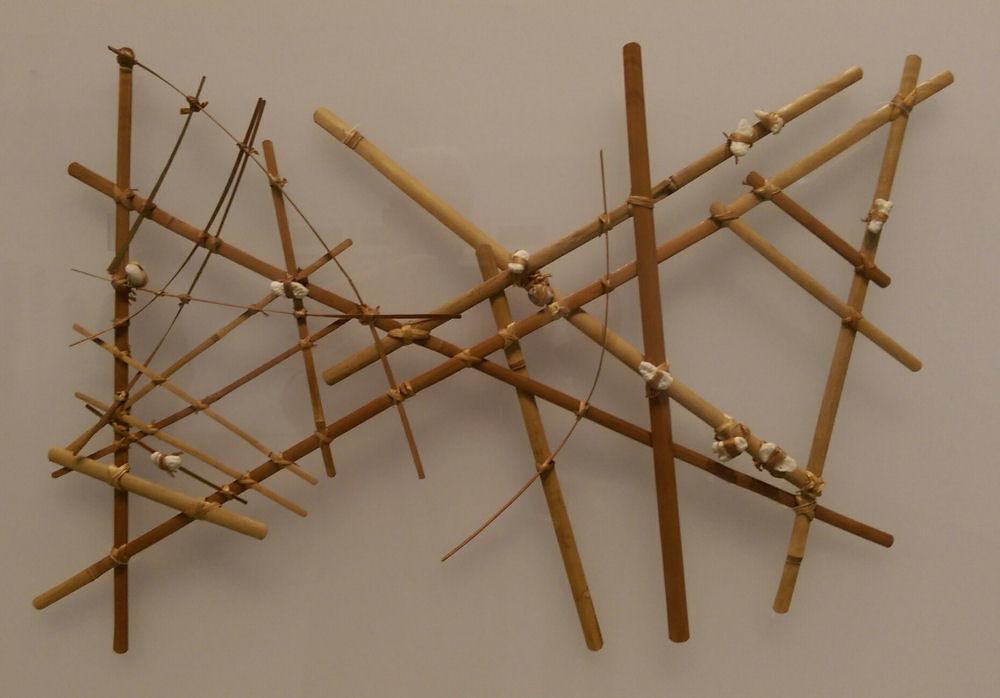'Islands and Beaches': The Pacific and Indian Oceans in the long nineteenth century

Islands were critical in birthing our modern world, and yet they have often been forgotten in our accounts of world history. Because of their rigid boundaries and small territories, islands were subject to intensive processes of cultural encounter, political annexation and settlement, making them particularly revealing and tragic places to observe the impact of colonialism and globalisation. This paper returns to the history of the Pacific and Indian Oceans in the long nineteenth century, by viewing these large expanses of water as constellations of islands. In these seas, islands served amongst other things as garrison states, laboratories of science,sites for the exclusion of the diseased and penal colonies. They were violent spaces: connected to regimes of labour servitude and with narratives of depopulation and extinction.
The teaching for this paper starts with the age of exploration at the end of the eighteenth century, which was characterised by an obsession with island cultures and peoples, because of prevalent notions of romanticism, noble savagery, utopianism and scientific inquiry. It picks up on the impact of the global age of revolutions on these islands and seas, where islands were staging points for discourses of rights and freedom, and republican protest as much as imperial rivalry. At the mid-point of its chronology, the paper will construct a connected history of anti-colonial rebellions at the mid nineteenth-century between far flung islands. Along the way, students will study the impact of the law, war, religion, and trade in zoning these oceans and defining island spaces. They will also turn to literary accounts and consider why islands were peculiarly interesting to novelists and artists. The paper will study how islands were important as environmental laboratories and for the origins of ideas of nature consciousness. The narrative of labour, indenture and slavery is critical here, as new systems of plantation labour emerged in these spaces after the abolition of Atlantic slavery. From the perspective of a maritime and technological history, islands were critical nodes in a world of increasing globalisation; these were the points of access to landmasses, via ships and telegraphs, which allowed global forces to do their work, while erasing the islands’ place in the map as the century proceeded. The paper will end with the years before the first World War, when new notions of cosmopolitan nationalism, heritage and attachment emerged on these islands.This marked the demise of the age of the island colony, as Europeans took over the interior of continents, for instance in the Scramble, and as geo-political power was theorised as linked to land routes, rather than sea-lanes. The analytical arc of the paper therefore marks the rise and fall of islands as colonies in world history.
For further information please follow the link below.
Image: A Micronesian navigational chart from the Marshall Islands, made of wood, sennit fiber and cowrie shells. From the collection of the Phoebe A. Hearst Museum of Anthropology at the University of California, Berkeley. Date not known. Photo by Jim Heaphy.
This material is intended for current students but will be interesting to prospective students. It is indicative only.
